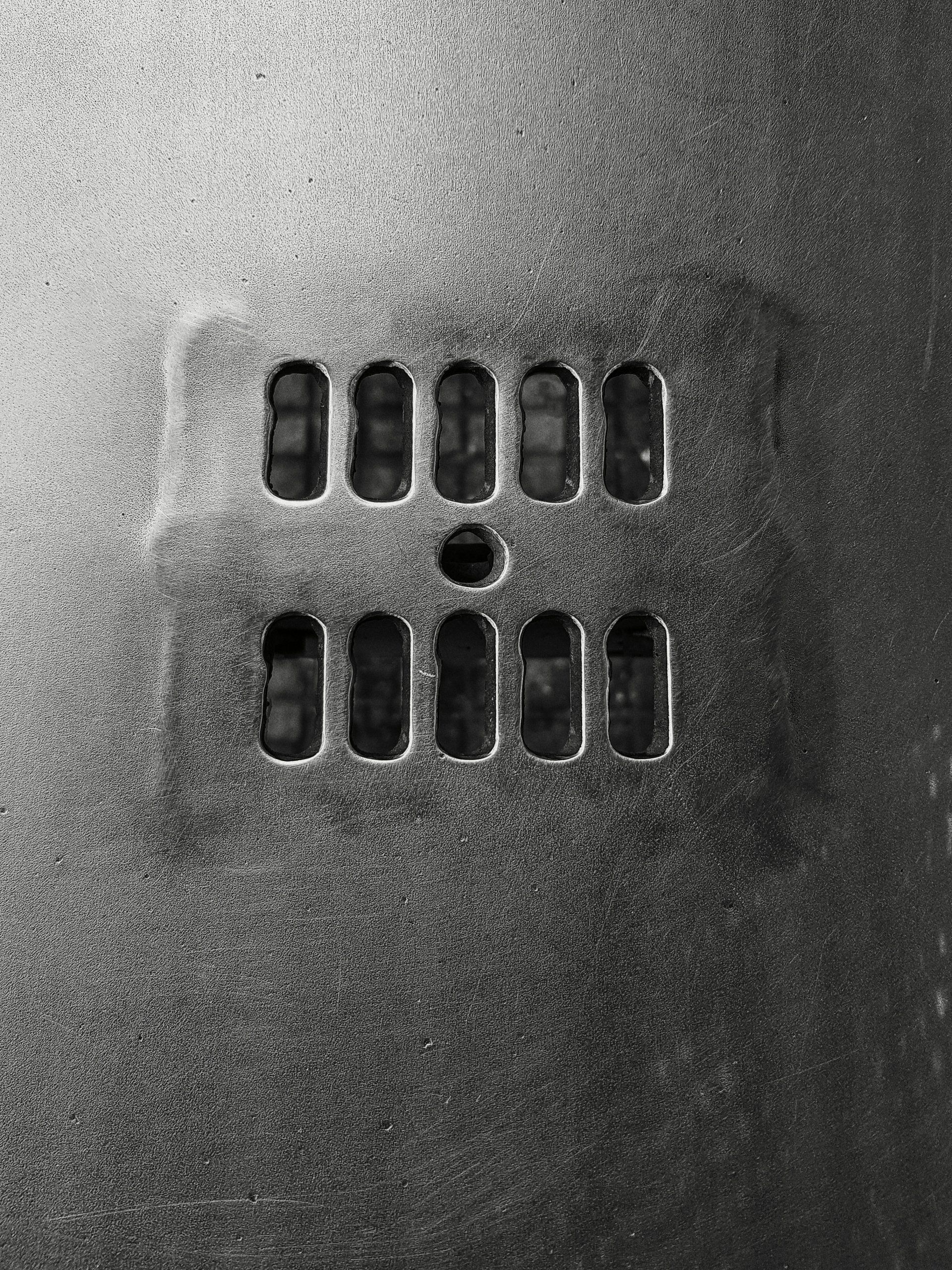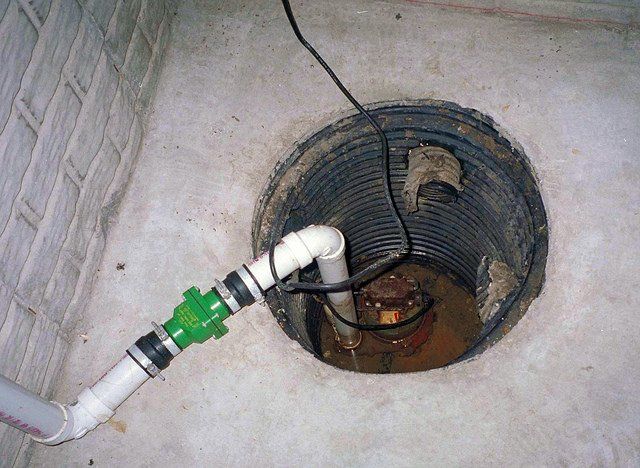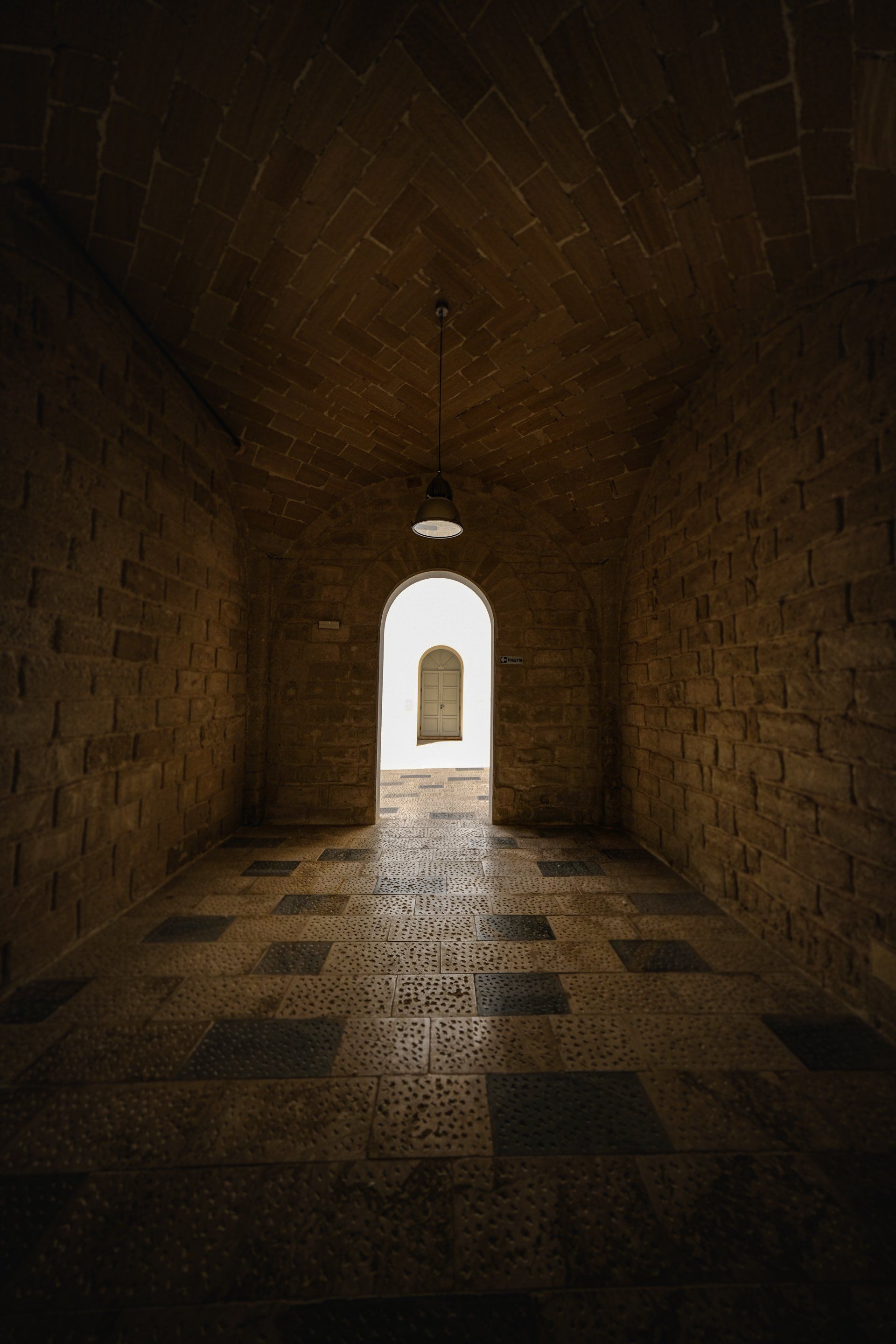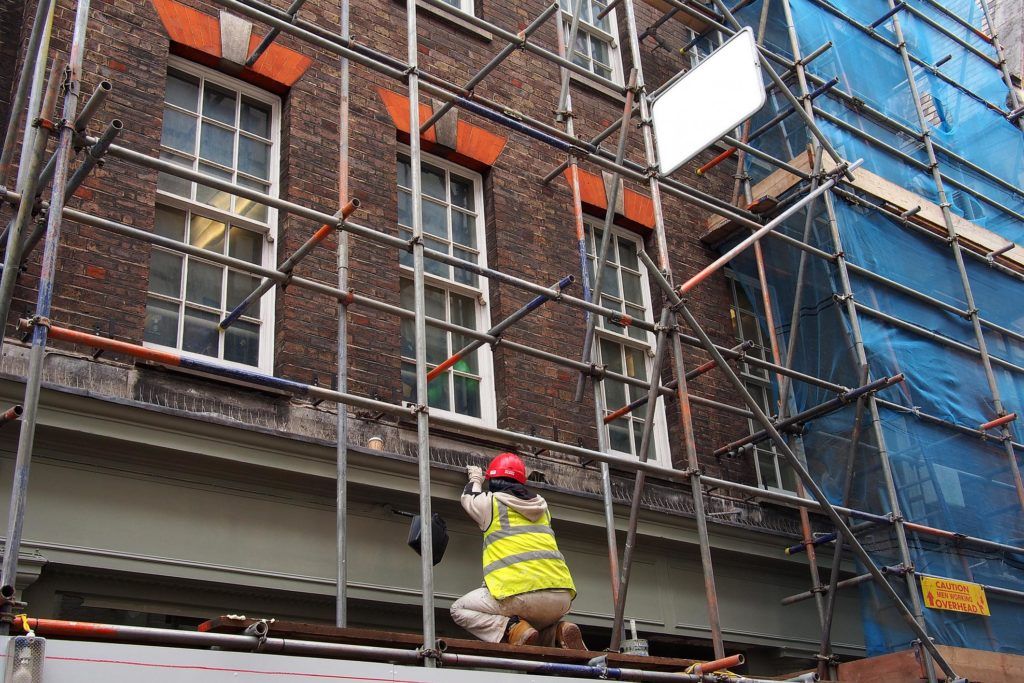The Ultimate Guide to Installing a French Drain for Basement Waterproofing
Protect Your Home with Expert Tips and Cost Breakdown for French Drain Installation
When it comes to protecting your basement from water damage, one of the most effective solutions is to install a French drain. This comprehensive guide will walk you through everything you need to know about
French drains, from their benefits to the installation process, and help you understand why they are a crucial investment for basement waterproofing.

What is a French Drain?
A French drain is a trench filled with gravel or rock containing a perforated pipe that redirects surface water and groundwater away from your home. By installing a French drain, you can prevent water from seeping into your basement, protecting your home from potential water damage, mold, and structural issues.
Why Install a French Drain?
Water intrusion in basements is a common problem that can lead to significant damage and costly repairs. Installing a French drain offers several benefits:
Effective Water Redirection:
French drains efficiently redirect water away from your foundation, preventing seepage into your basement.
Prevents Mold Growth: By keeping your basement dry, French drains help prevent the growth of mold and mildew.
Protects Structural Integrity: Water can weaken your foundation over time. Installing a French drain around the foundation helps maintain your home’s structural integrity.
Types of French Drains
Interior French Drains: Installed inside the basement along the perimeter of the floor. They collect water that seeps through walls and redirect it to a sump pump.
Exterior French Drains:
Installed outside the house, typically around the foundation. These are effective in preventing water from entering the basement in the first place.
Installing a French Drain Around Your House
For optimal protection, it’s often recommended to install a French drain around the house. This exterior installation helps manage surface water and groundwater before it can reach the foundation. Here's a step-by-step overview:
Planning and Permits: Check local regulations and obtain necessary permits. Plan the drainage route, ensuring it leads to a safe discharge area.
Digging the Trench:
Excavate a trench around the foundation, typically 18-24 inches deep and 12 inches wide.
Laying the Pipe: Place a perforated pipe at the bottom of the trench, ensuring it slopes slightly to facilitate water flow.
Adding Gravel:
Cover the pipe with gravel, ensuring it’s surrounded by at least 2-3 inches of gravel on all sides.
Covering the Trench:
Finally, cover the trench with soil and sod to restore the landscape.
Cost Considerations
The cost to install a French drain varies based on several factors, including the drain's location and complexity. Here’s a breakdown of potential costs:
Cost to Install French Drain in Backyard:
Installing a French drain in the backyard typically ranges from $1,000 to $3,000, depending on the length and depth of the trench.
Cost to Install French Drain and Sump Pump:
Adding a sump pump to your French drain system can increase costs by $500 to $2,000, providing an extra layer of protection by actively pumping water away.
Cost to Install French Drain in Basement:
Interior French drains are generally more expensive, ranging from $5,000 to $15,000, due to the complexity of installation and potential need for sump pumps.
Hiring Professionals
While DIY installation is possible, hiring professionals is often recommended for ensuring proper installation and long-term effectiveness. Companies that install French drains have the expertise and equipment to handle complex installations, particularly those involving foundation work and sump pumps.
Long-Term Maintenance
After installation, maintaining your French drain is crucial to ensure it continues to function effectively. Regularly inspect the discharge area to ensure water is flowing freely. Clear any debris from the trench and the pipe openings to prevent blockages. It's also a good idea to have a professional inspection every few years to check for any issues that may need addressing.
Integrating with Other Systems
For enhanced basement waterproofing, consider integrating your French drain with other systems. Pairing it with a sump pump can provide additional protection by actively removing water that collects in the drainage system. This combination is particularly useful in areas with high water tables or heavy rainfall.
Conclusion
Installing a French drain is a proactive step towards protecting your basement and home from water damage. Whether you choose to install a French drain around the foundation or opt for an interior system, the benefits are clear: effective water management, mold prevention, and enhanced structural integrity. By understanding the costs and installation process, you can make an informed decision and ensure your home remains dry and safe for years to come.
If you’re considering this home improvement project, consult with reputable companies that install French drains to get accurate quotes and professional advice tailored to your specific needs. Investing in a French drain system is an investment in the longevity and safety of your home. With proper planning, installation, and maintenance, a French drain can provide reliable protection against water intrusion, helping to preserve the value and comfort of your home.



